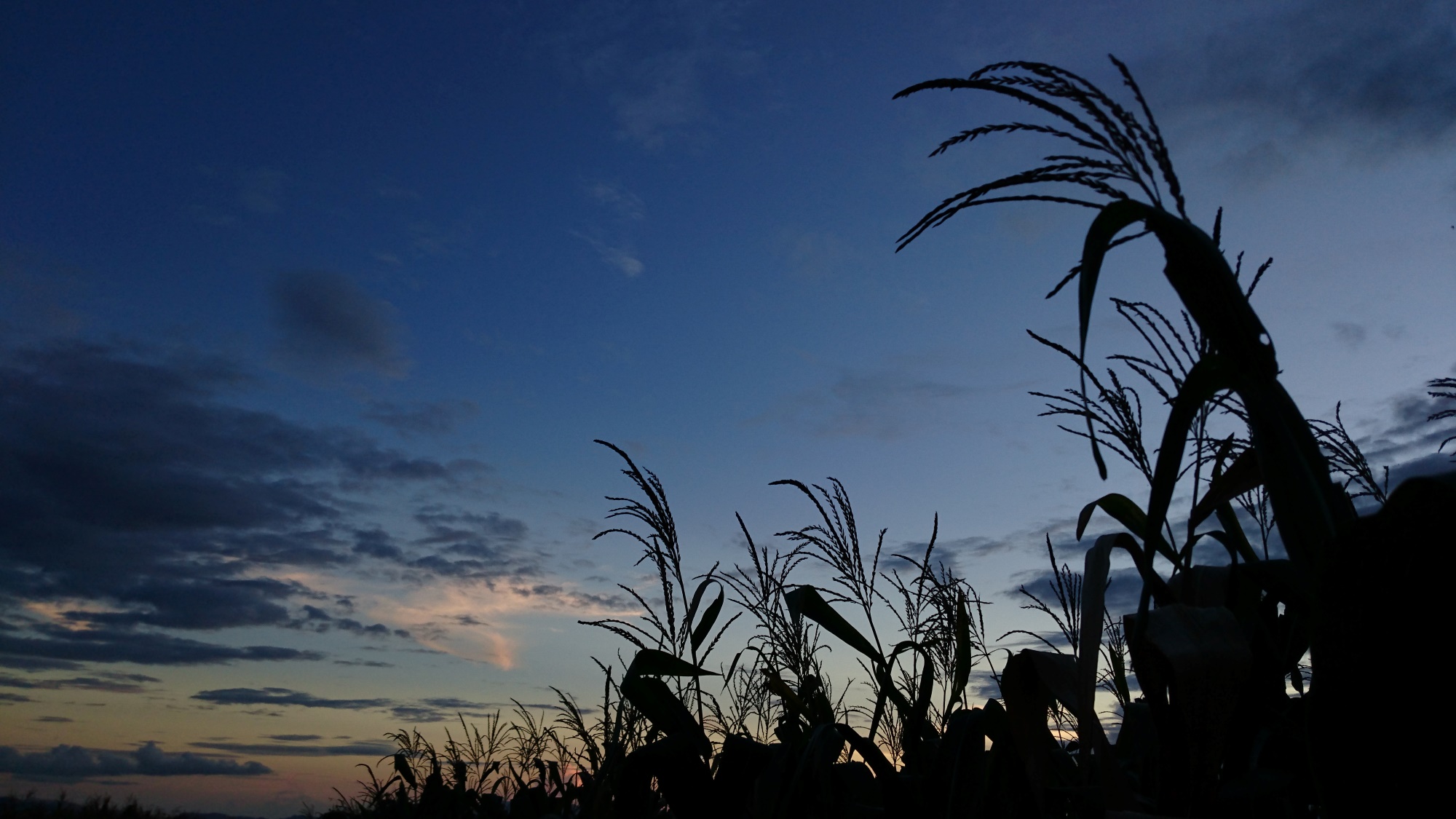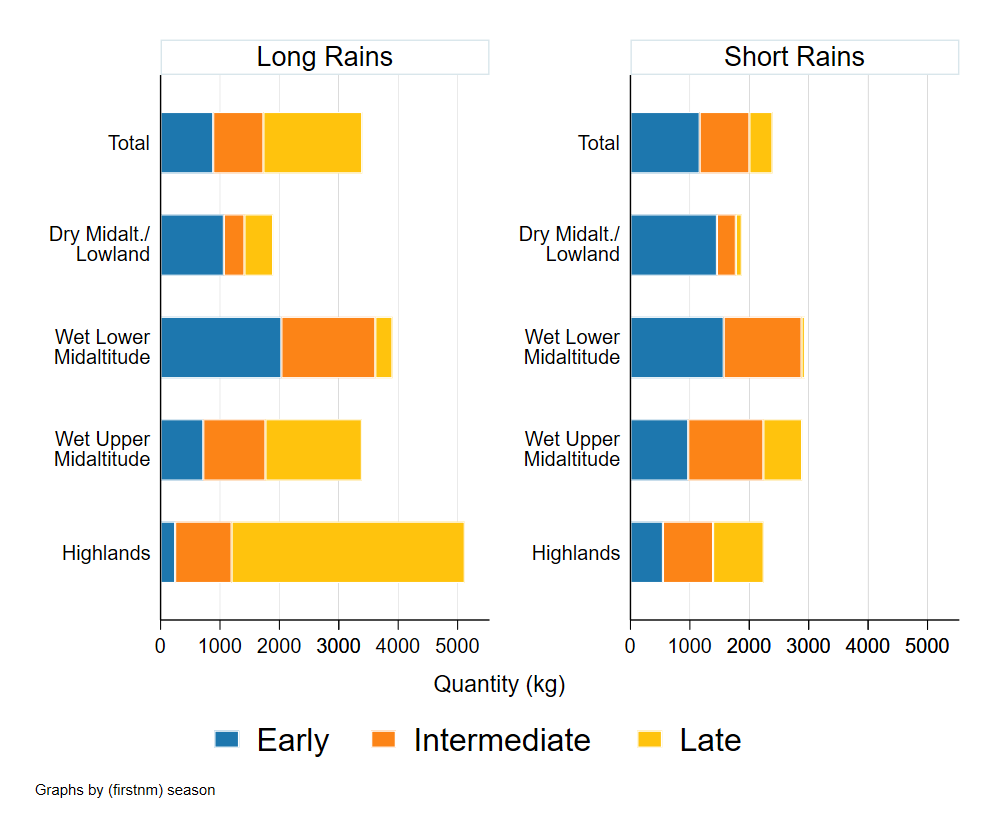
In Kenya, most farmers produce maize under rain-fed conditions and purchase hybrid maize seeds on an annual basis. Two factors are especially important in their decisions on which seed to acquire: where the production takes place (i.e., level of rainfall and altitude) and when it takes place (i.e., long- or short-rains season).
Historically, during the long-rains season farmers in high altitudes are likely to benefit most in terms of yield from late-maturity maize, while those in the mid (low) altitudes are likely to benefit most from intermediate (early)-maturity products. However, for the past several years maize farmers in Kenya have faced drought conditions and higher than normal variations in rainfall (Wainwright et al. 2019, Kipkemboi-Kogo et al. 2022). Might these changes in climate conditions lead farmers in the intermediate and high altitudes to switch to earlier-maturity maize seed products?
Recent market intelligence from International Maize and Wheat Improvement Center (CIMMYT) suggests that farmers are responding to changes in rainfall patterns with changes in their selection of hybrid maize seed products (see Market Intelligence Brief #5). Across all maize production environments in Kenya, early-maturity hybrid maize seed products demonstrated strong sales (see Figure 1 below). During the long-rains growing season, maize farmers in higher rainfall environments (wet, mid, and high altitudes) purchased early-maturity seed products despite their potentially lower yields. Also, in preparation for planting during the short-rains season, which represents almost one-fourth of total maize seed sales, a large percentage of farmers in higher-altitude environments purchased early-maturity seed products.
These insights were obtained through a panel of maize-seed sales data obtained from 722 agrodealers in Kenya during two short-rains seasons and three long-rains seasons in 2020–2022.
A previous study by CIMMYT in western Kenya and eastern Uganda corroborates these findings. In that study, about 2000 farmers were asked to select their preferred ‘seed product concept’ among a set of concepts, which included drought avoidance, intercropping, and others (for details, see Market Intelligence Brief #2). The drought avoidance (i.e., early maturity) concept was one of the concepts farmers were most likely to prefer.

References
Kipkemboi-Kogo, B., L. Kumar, R. Koech, and M. Kamrul-Hasan. 2022. Response to climate change in a rain-fed crop production systems: Insights from maize farmers in western Kenya. Mitigation and Adaptation Strategies for Global Change 27(50).
Wainwright, C. M., J. H. Marsham, R. J. Keane, D. P. Rowell, D. L. Finney, E. Black, and R. P. Allan. 2019. ‘Eastern African Paradox’ rainfall decline due to shorter not less intense long rains. npj Climate and Atmospheric Science 2(1): 34.